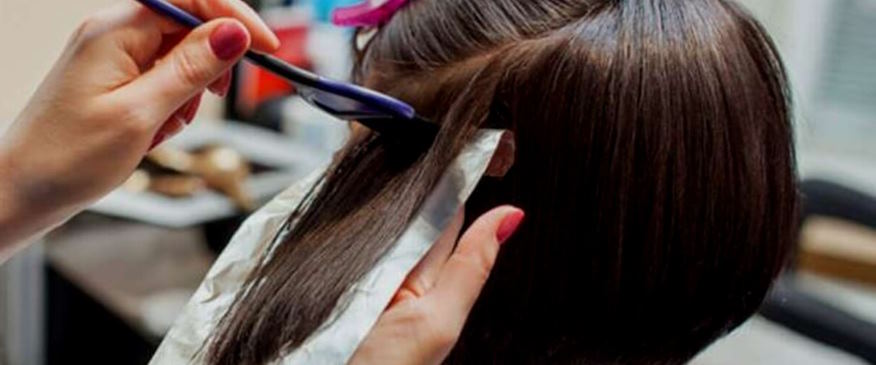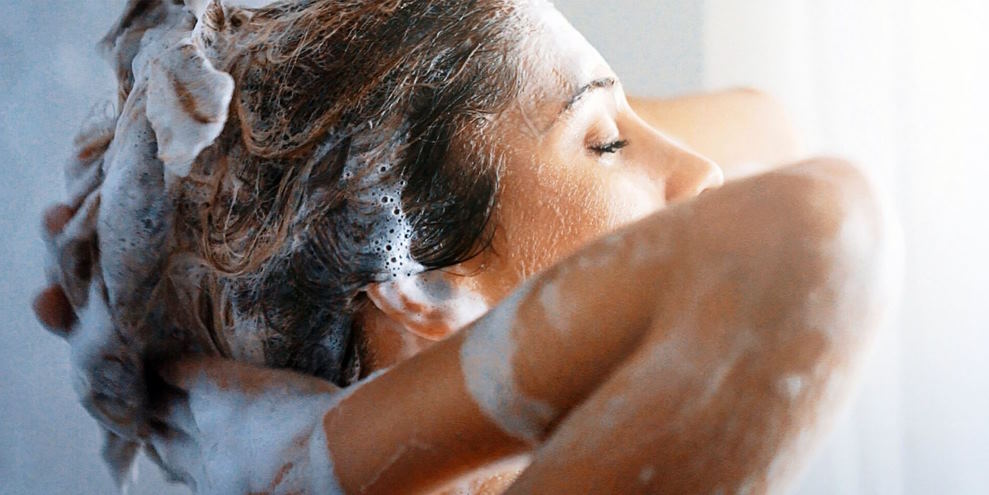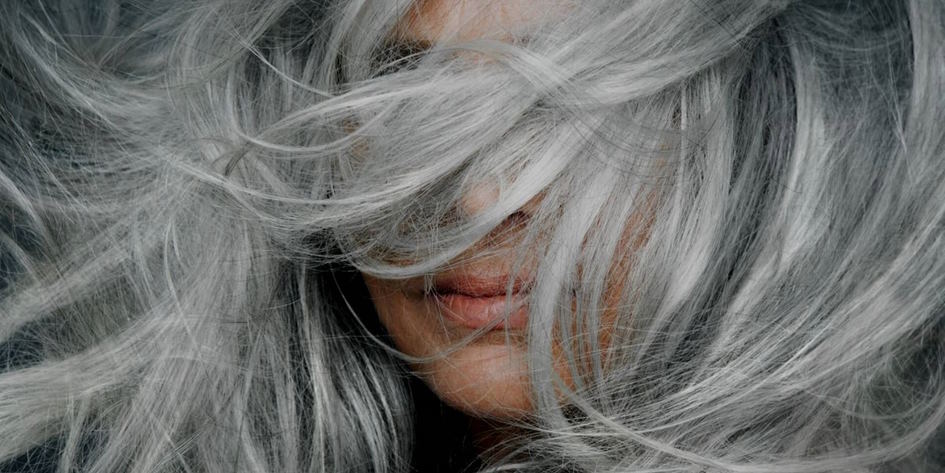
Coloring your hair at home can be a fun and affordable way to change your look. However, it’s important to approach the process cautiously to avoid damaging your hair or ending up with a color you don’t like. Here are some dos and don’ts to remember when coloring your hair at home.
Knowing Your Hair Type and Color History Before Coloring
Before you start coloring your hair at home, knowing your hair type and color history is important. It will help you choose the right hair color and developer and avoid any potential complications. For example, if you have previously colored your hair, you may need a color remover or bleach to achieve the desired shade.
Choosing the Right Hair Color and Developer
Choosing the right hair color and developer is crucial to color your hair at home successfully. Consider factors like your skin tone and natural hair color when selecting a shade, and choose a developer strength appropriate for your hair type and desired level of lift.

Patch Testing and Strand Testing Your Hair Color
Patch and strand testing of your hair color before applying it to your entire head is essential for avoiding allergic reactions or unwanted results. Apply a small amount of the color mixture to a small patch of skin on your arm and wait 24-48 hours to ensure you don’t have an adverse reaction. Additionally, take a small section of hair and apply the color to it, waiting to see how it develops before proceeding with the full application.
Preparing Your Hair for Coloring
Preparing your hair for coloring is important in achieving a successful result. It involves washing your hair a day or two before coloring to remove any product buildup and avoiding any hair products that could interfere with the color development.
Sectioning Your Hair and Applying the Color
Sectioning your hair and applying the color is key to a natural-looking result. Use clips to divide your hair into sections, and start applying the color at the roots, working your way down to the ends. Use a brush or comb to distribute the color evenly and avoid any patchiness.

Timing Your Color Development and Rinsing Your Hair
Timing your color development is crucial to achieving the desired shade, and over-processing can lead to damage and breakage. Follow the manufacturer’s instructions for timing, and rinse your hair thoroughly with cool water to remove all the colors.
Caring for Your Newly Colored Hair
Caring for your newly colored hair is important to maintain its vibrancy and prevent damage. Use a sulfate-free shampoo and conditioner to avoid stripping the color, and avoid heat styling as much as possible. Additionally, consider using a color-safe hair mask or treatment to help maintain the health of your hair.
Common Hair Coloring Mistakes to Avoid
There are several common hair coloring mistakes to avoid when coloring your hair at home. These include using expired or incorrect products, over-processing your hair, and not following the manufacturer’s instructions. By avoiding these mistakes, you can achieve a successful result and avoid damaging your hair.




